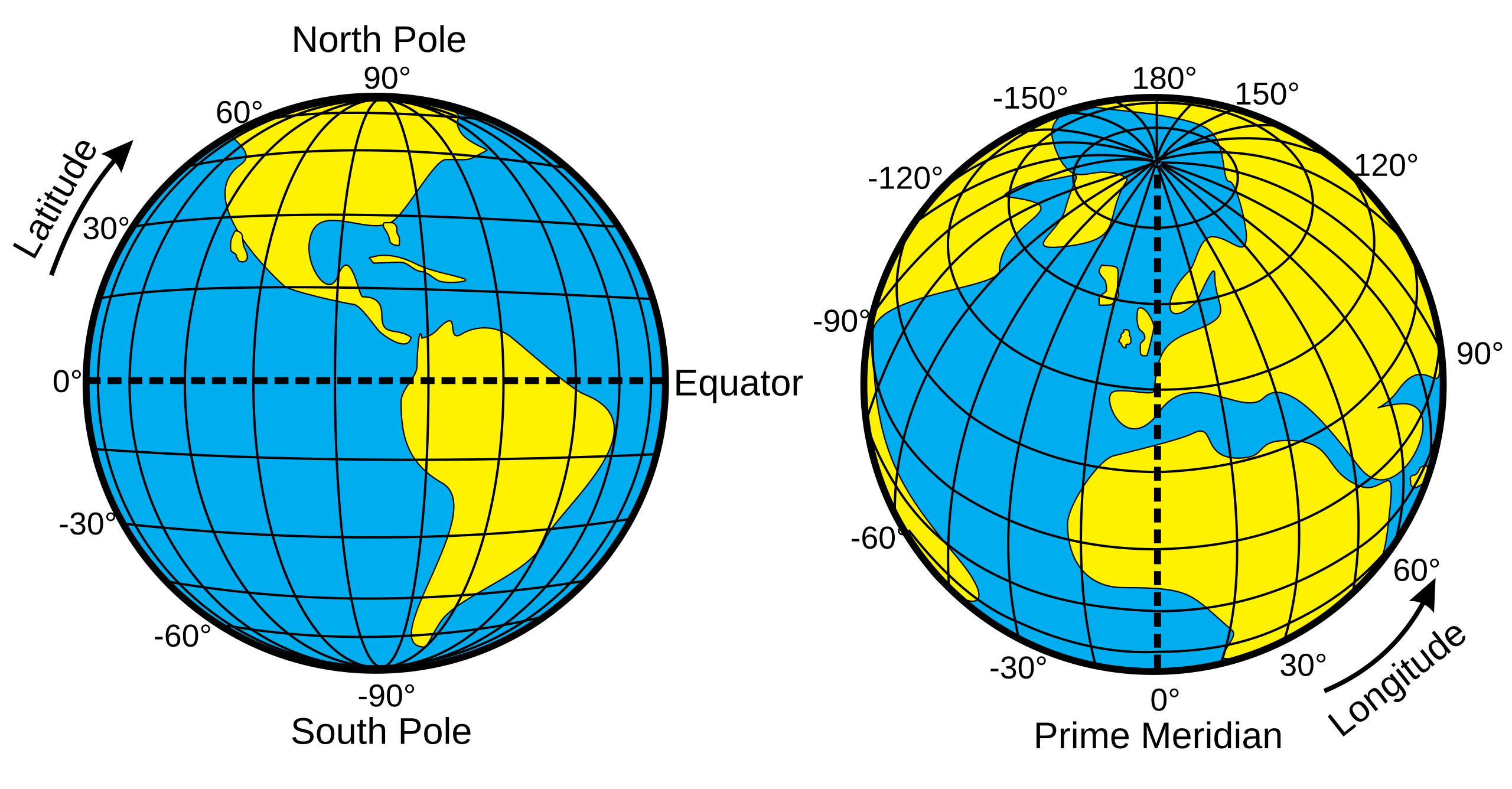Python port of gen_reindl.exe, a program that transforms global irradiances into horizontal diffuse and direct normal irradiances.
pip install git+https://github.com/kastnerp/gen_reindl@master
from gen_reindl import GenReindl
import numpy as np
# https://goo.gl/maps/JuRPaUZffZqS9iJU8
lon = -103.98 # Singapore (west positive)
lat = 1.37 # Singapore (north positive)
time_zone = -120 # UTC+8 * 15 = -120
gr = GenReindl.CreateLocation(lat, lon, time_zone)
DNI, DHR = gr.calc_split(4, 22, 8.33, 107)
DNI, DHR from gen_reindl import GenReindl
import numpy as np
import pandas as pd
# https://goo.gl/maps/JuRPaUZffZqS9iJU8
lon = -103.98 # Singapore (west positive)
lat = 1.37 # Singapore (north positive)
time_zone = -120 # UTC+8 * 15 = -120
month = np.array([4, 4, 4, 4, 4, 4, 4, 4, 4, 4, 4, 4, 4, 4, 4, 4])
day = np.array([22, 22, 22, 22, 22, 22, 22, 22, 22, 22, 22, 22, 22, 22, 22, 22])
hour = np.array([8.33,8.33,8.41,8.41,8.50,8.50,8.58,8.58,8.66,8.66,8.75,8.75,8.83,8.83,8.91,8.91])
GHR = np.array([107, 107, 121, 121, 137, 137, 151, 151, 159, 159, 169, 169, 178, 178, 184, 184])
gr = GenReindl.CreateLocation(lat, lon, time_zone)
DNI, DHR = gr.calc_split_vectorized(gr, month, day, hour, GHR)
pd.DataFrame(data = np.array([month, day, hour, GHR, DNI, DHR]).T, columns = ['Month', 'Day', 'Hour', 'GHR', 'DNI', 'DHR'])Program that transforms global irradiances into orizontal diffuse and direct normal irradiances
Note that the -o option has to be specified!
Note that the -i option has to be specified!
Supported options are:
-i input file [format: month day hour global_irradiation
-o output file [format: month day hour dir_norm_irrad dif_hor_irrad
-m time zone
-l longitude [DEG, West is positive]
-a latitude [DEG, North is positive]
http://onebuilding.org/archive/bldg-sim-onebuilding.org/2015-May/046325.html
Hi Phil,
The gen_reindl program that comes with Daysim <http://daysim.ning.com/>
does this pretty well, although it isn't documented on the Daysim
website. Below is some info I sent to a student using global horizontal
irradiation from our weather station for daylight simulation purposes.
First you need to create a tab separated text file of the format *m d
h(decimal) gh_irrad* like the below.
4 22 8.333333333 107
4 22 8.416666667 121
4 22 8.5 137
4 22 8.583333333 151
4 22 8.666666667 159
4 22 8.75 169
4 22 8.833333333 178
4 22 8.916666667 184
Then the gen_reindl program can be run. -l is longitude (west positive),
-a is latitude (north positive) and -m is the time zone in a multiple of
15 degrees from the meridian. The command below is for Singapore, and
you note that it is in the wrong time zone. UTC+8 * 15 = -120, despite a
-103.98 longitude.
> gen_reindl -m -120 -l -103.98 -a 1.37 -i input.txt -o output.wea
After running the command, the output in the output.wea file looks like
this,
4 22 8.333 12 103
4 22 8.417 14 116
4 22 8.500 17 131
4 22 8.583 19 144
4 22 8.667 19 151
4 22 8.750 19 161
4 22 8.833 20 169
4 22 8.917 19 175
Where the 4th column is direct normal irradiation the the 5th column is
diffuse horizontal.
Best,
Alstan
